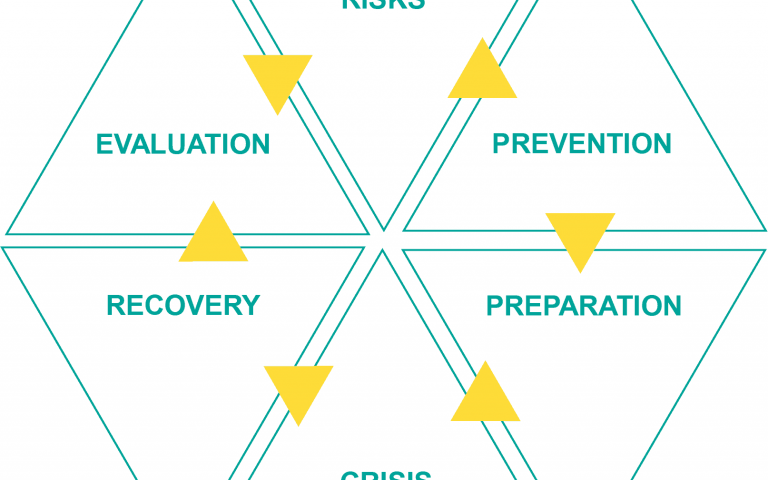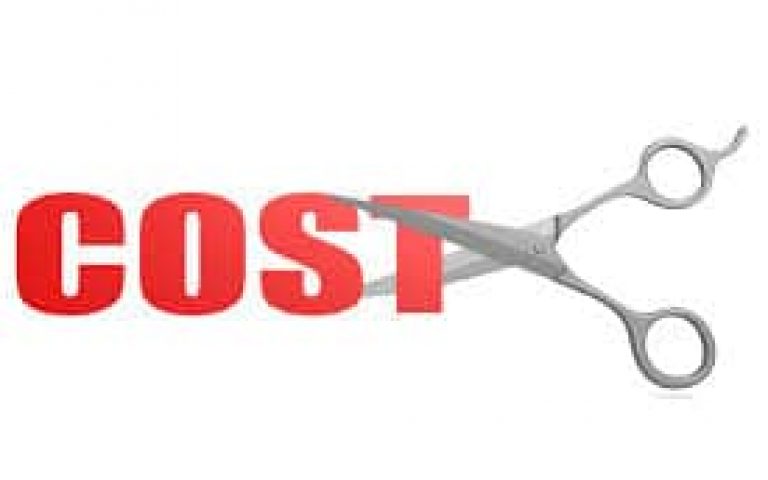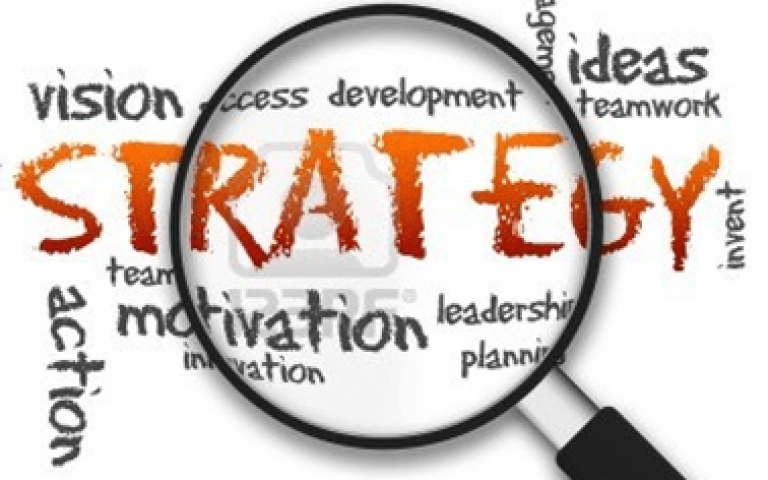As the year draws to a close, businesses find themselves at a crossroads: reflecting on the past year’s achievements and challenges while setting the stage for success in the coming year. Year-end planning is not just a formality; it’s a strategic opportunity to recalibrate goals, align resources, and build a roadmap for sustainable growth. Thoughtful preparation ensures that businesses hit the ground running in January with clear objectives and renewed focus.
The first step in year-end planning is to take a comprehensive look at the performance of the business over the past twelve months. This involves analyzing key performance indicators (KPIs), financial reports, and operational metrics. Understanding where the business excelled and where it fell short allows leaders to identify trends and patterns that can inform future strategies. Reflecting on achievements provides a sense of accomplishment, while acknowledging shortcomings offers a chance to make improvements.
Equally important is gathering feedback from employees, customers, and stakeholders. Employees can provide valuable insights into the internal workings of the business, shedding light on inefficiencies or opportunities for innovation. Customers, on the other hand, reveal how the business is perceived externally, helping to fine-tune products, services, and customer experience. Stakeholder feedback ensures that the business’s strategies align with broader expectations and industry trends.
Once the review process is complete, it’s time to set objectives for the new year. These goals should be ambitious yet realistic, with a clear understanding of the resources and timelines required. Defining objectives is not merely about increasing revenue or market share; it’s also about addressing the foundational elements of the business. Strengthening internal processes, investing in employee development, and enhancing customer relationships are just as critical as financial growth.
Effective planning also requires businesses to anticipate challenges and uncertainties. The past few years have highlighted the importance of adaptability, as businesses worldwide have faced economic fluctuations, supply chain disruptions, and technological advancements. Building contingency plans and assessing potential risks can help businesses remain agile and resilient. This might involve creating financial buffers, diversifying revenue streams, or investing in technology that enables faster decision-making.
Budgeting is a cornerstone of year-end planning. A well-constructed budget not only allocates resources effectively but also serves as a guide for tracking progress throughout the year. It’s essential to align the budget with the business’s strategic goals, ensuring that funds are directed toward initiatives that will drive growth and efficiency. Additionally, businesses should evaluate their financial health by reviewing cash flow, debt obligations, and investment opportunities. A strong financial foundation empowers businesses to seize new opportunities and weather unforeseen challenges.
As part of year-end planning, businesses should also revisit their marketing and sales strategies. Markets evolve rapidly, and what worked this year may not resonate with customers in the next. Conducting market research, analyzing competitors, and staying attuned to emerging trends can help businesses refine their approach. Marketing plans should focus on building brand awareness, reaching new audiences, and fostering loyalty among existing customers.
Technology and innovation play a critical role in modern business planning. Businesses should assess their current technology stack to ensure it supports their operational needs and strategic goals. Upgrading outdated systems, adopting new tools, or investing in cybersecurity measures can enhance productivity and protect the business from potential threats. Moreover, innovation should be encouraged across all levels of the organization, fostering a culture where employees feel empowered to experiment and bring fresh ideas to the table.
One often overlooked aspect of year-end planning is the importance of celebrating achievements and expressing gratitude. Recognizing the hard work of employees, partners, and stakeholders not only boosts morale but also strengthens relationships. Appreciation can take many forms, from bonuses and team outings to simple thank-you notes. Acknowledging contributions reinforces a sense of purpose and commitment, setting a positive tone for the year ahead.
Finally, successful year-end planning involves clear communication. Once the plan for the new year is finalized, it’s essential to share it with the entire organization. Transparency about goals, priorities, and expectations ensures that everyone is on the same page and working toward a common vision. Regular check-ins throughout the year will keep the team aligned and motivated, allowing the business to adapt to changing circumstances without losing sight of its objectives.
Year-end planning is a multifaceted process that combines reflection, strategy, and forward-thinking. By analyzing past performance, setting clear goals, anticipating challenges, and aligning resources, businesses can position themselves for success in the new year. The effort invested in planning now will pay dividends in the months ahead, enabling businesses to navigate uncertainties with confidence and seize opportunities for growth. As the clock ticks toward midnight, the businesses that have prepared thoughtfully will be ready to turn the page and write a new chapter of success.
***
TITAN Business Development Group, LLC
business coaching | advisory | exit planning








































































